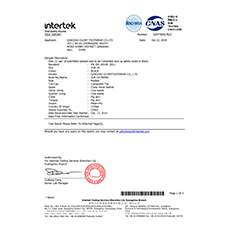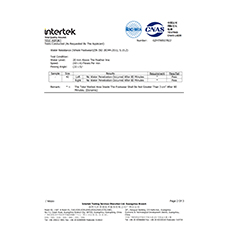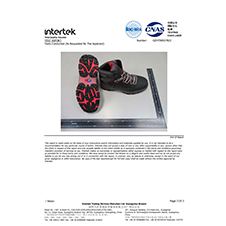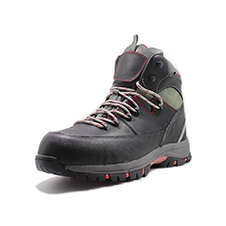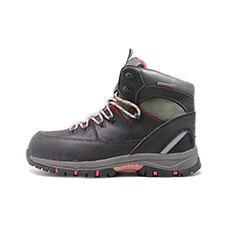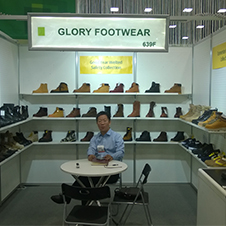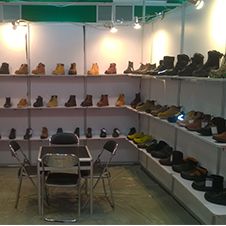Congratulations to Qingdao Glory Footwear company. One style of safety shoes was pasted water resistant test ( whole footwear ) ( EN ISO 20344: 2011, 5. 15. 2).
|
|
|
According to EN ISO 20344: 2011, 5. 15 .2, during the test, the water level is 20mm higher than the feature line. The total wetted area inside the footwear shall be not greater than 3 cm²after 80 minutes ( Dynamic ).
| 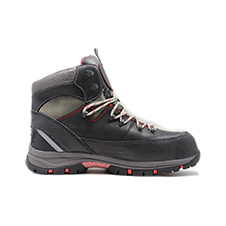 |
|
What is water resistance, the differences with water repellant and hydrophobic?
Water Resistant: Typically, density of fabric is what makes something resist water. Think of it like a leaky boat – the tighter the ship is built, the less likely it is to sink. The more holes there are into which water can creep, the faster it goes down. Water-resistant fabrics aren’t going to keep you from getting wet forever, but because they are so dense, it takes a lot longer for the water to seep in. The most common fabrics that can be called water resistant are nylon and polyester, and their water resistance can be credited to how tightly they are woven. Cotton, for reference, is a much more delicate fabric and, therefore, cannot be as tightly woven and is, by comparison, more like a sponge.
Water Repellant: This terminology differs from the previous one, most often, for how it is achieved. You see, whereas water-resistance is a natural quality of the fabric itself, a water repellant quality is imbued into a fabric via a coating or treatment. Keep in mind, however, that a coating or treatment can also make something waterproof, but that’s not always the case – so make sure you double check that you’re getting exactly what you want, as there’s not really a standardization or rating scale for things that are water repellant.
Hydrophobic: In truth, hydrophobic is just another term for water-repellant. It differs, however, in that things labeled as such tend to resist water much better. If you see that a bag or jacket is noted as having a DWR coating (which stands for “Durable Water Repellant”), it’s safe to assume that it meets the criteria to be considered hydrophobic.
One very important thing to keep in mind, however, is that all coatings and treatments that make fabrics water repellant and/or hydrophobic will wear off over time. You can think of it kind of like erosion – sure, the coating or treatment will keep the water out for a time, but it will eventually wear down and become less effective. In that case, you can always look into getting the fabrics retreated professionally or seek out a spray-on or wash-in treatment (like Scotch Guard, for example) and do it yourself.
If you work on a site with light exposure to water and wet environments, our Water Resistant work boots are for you.Meanwhile, our water resistant work boots are the best choice for wet, muddy environments such as underground mining.If you have any interest, please check and learn more.
We, Qingdao Glory footwear co., LTD, are professional manufacturer of safety work boots.It is a new start for us to pass the water resistant test. In future, the products will be made strictly according to the new standard. The quality of the goods will be better than before.Sincerely hope establish the business relationship with the customers from all over the word.If you have any questions,please feel free to contact us.
|
|
|


